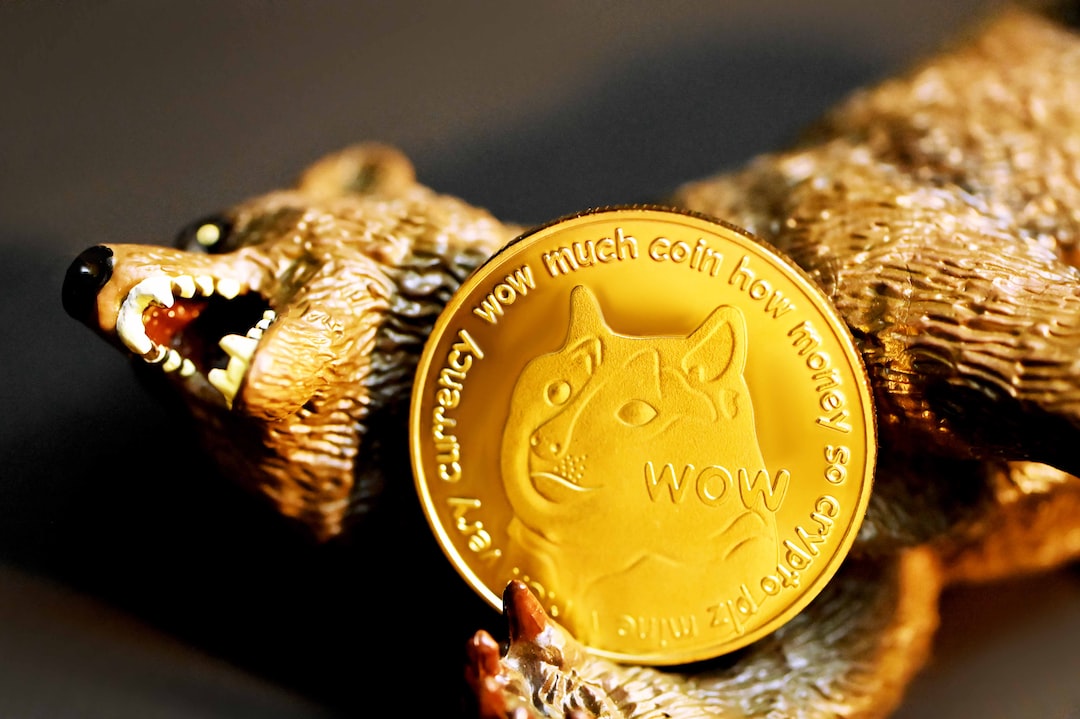Cardano: The Supposed Ethereum Killer
Cardano is often referred to as the “Ethereum killer” and positions itself as an updated version of Ethereum. Created by one of the co-founders of Ethereum, Cardano aims to address the issues faced by Ethereum, such as high gas fees and slow transaction times. It offers scalability and low-cost solutions for users and developers in the NFT, DeFi, and Stablecoin market.
Cardano’s Evolution: Hard Fork from Byron to Shelley
Cardano has been releasing its blockchain in stages to ensure better security and cleaner code. The hard fork from Byron to Shelley was unique because it allowed a smooth transition while preserving the history of previous blocks. The Shelley protocol upgrade introduced new features like multi-asset token support and the Voltaire voting mechanism.
How Cardano Works
The Cardano Blockchain consists of the Cardano Computational Layer (CCL) and the Cardano Settlement Layer (CSL). The CCL runs smart contracts, ensures compliance and security, and provides advanced features like identity recognition. The CSL serves as the accounting layer where ADA holders can send and receive tokens with minimal fees.
Issues Cardano Aims to Solve
- To create a secure voting mechanism for token holders.
- To separate accounting and computation layers.
- To create an infinitely scalable consensus mechanism.
- To provide a provably secure blockchain using mathematics.
Benefits of Cardano Blockchain
Cardano offers decentralization, high scalability, multilayer security measures, low transaction fees, an environmentally friendly ecosystem, and a strong community of users and developers.
How to Buy, Sell, and Trade on the Cardano Network
To participate in the Cardano ecosystem, you need a wallet. The official wallet is called DAEDALUS, which provides maximum security. You can also use the Minswap decentralized exchange to swap tokens. Buying ADA from centralized exchanges like Binance and sending it to your wallet is another option.
Checking Prices of Cardano-Based Tokens
TapTools is a data tracker that provides price charts for Cardano-based tokens. It also has its own decentralized exchange for seamless trading.
Conclusion
Trading on the Cardano network offers fast transactions and low fees but carries risks. It is important to be aware of the potential loss of capital when engaging in crypto trading.
Hot Take: Cardano’s Rise as an Ethereum Competitor
Cardano, dubbed the “Ethereum killer,” aims to challenge Ethereum’s dominance in the crypto market. With its focus on scalability, low fees, and advanced features, Cardano offers a promising alternative for developers and users. As it continues to evolve through hard forks and protocol upgrades, Cardano positions itself as a competitive blockchain platform for NFTs, DeFi, and Stablecoins. However, it remains to be seen whether Cardano can truly dethrone Ethereum and establish itself as the go-to platform for decentralized applications.





 By
By
 By
By
 By
By
 By
By
 By
By
 By
By